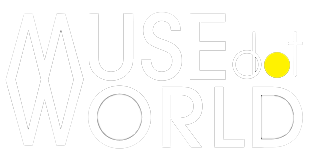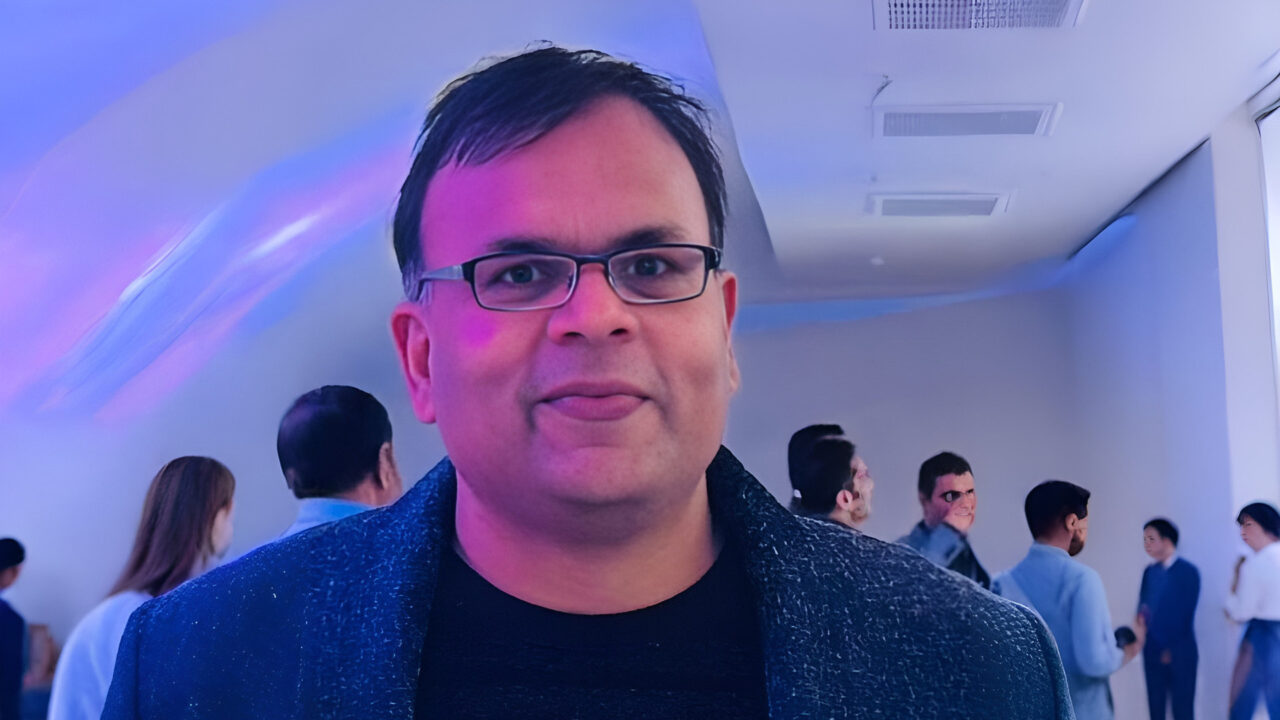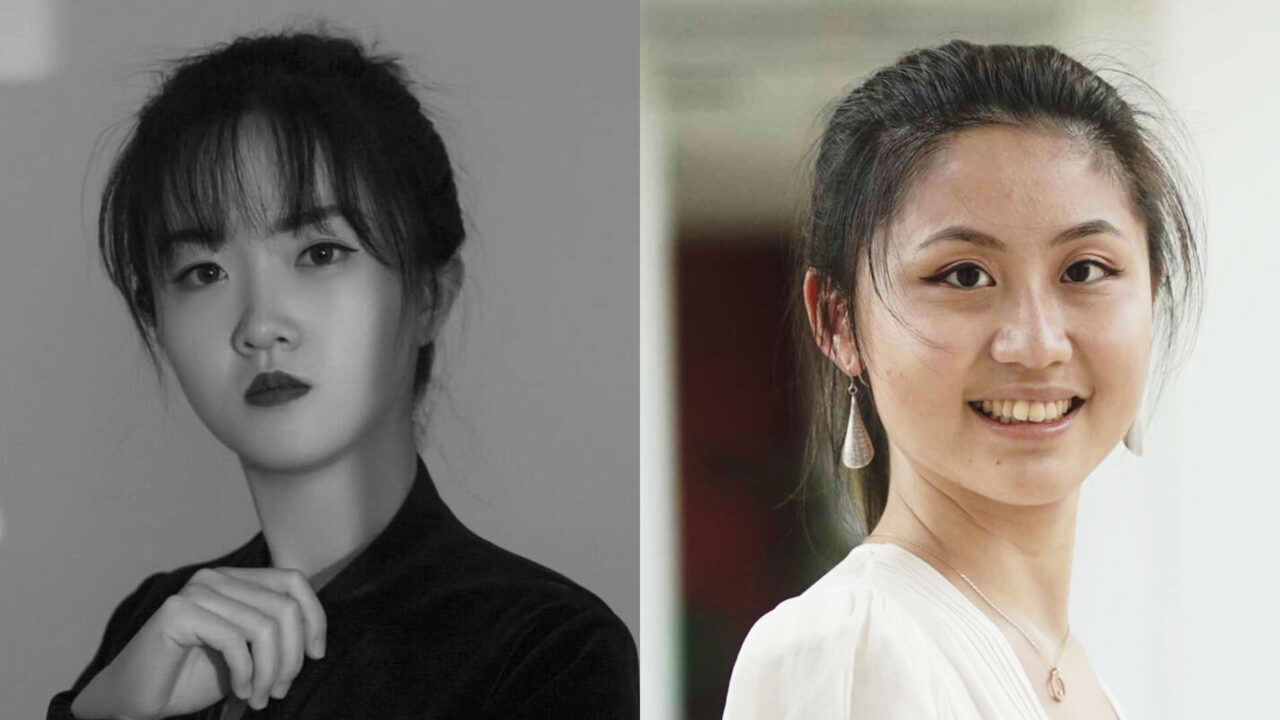Ramesh Pingili Shares His Journey in Enterprise Tech

PA’s Next Made Real Campaign | Digital Transformation Approach
April 7, 2025
The Future of Home Cleaning with the EZVIZ RS20 Pro
April 7, 2025
Ramesh Pingili | TITAN Innovation Awards
Ramesh Pingili
Ramesh Pingili is an enterprise technology leader and Pega Tech Lead at ItechUS Inc., specializing in AI-driven automation and digital transformation across healthcare, finance, and government sectors. His expertise in building intelligent, scalable solutions has modernized systems at organizations like Citi, Verizon, and Cigna, driving efficiency and real-world impact.
I’m Ramesh Pingili, an enterprise technology leader and Pega Tech Lead at ItechUS Inc., USA. My passion lies in driving innovation at the intersection of AI, automation, and digital transformation. Over the years, I’ve led transformative initiatives for major organizations across healthcare, finance, and government sectors—helping them modernize systems, optimize workflows, and deliver real-world impact.
My work is rooted in building intelligent, scalable solutions that simplify complexity. From architecting automation frameworks at Citi and Verizon to leading digital transformation at Cigna, I’ve always aimed to deliver technology that’s both forward-thinking and practical.
Beyond project work, I’m also an author, speaker, and contributor to the global tech community. I strongly believe innovation is not just about creating new tools—it’s about reimagining what’s possible and building a more connected, efficient, and human-centric future.
What inspired me most was the realization that technology, when applied thoughtfully, can genuinely transform lives—not just processes.
Early in my career, I saw firsthand how outdated systems slowed down critical services, especially in sectors like healthcare and government. I knew there had to be better ways. That drive to simplify complexity, reduce inefficiency, and deliver faster, smarter outcomes became my core motivation.
Innovation, for me, isn’t just about adopting the latest tools—it’s about solving meaningful problems. Whether it’s automating a manual process that impacts thousands of people or building a decision-support system that improves patient care, the goal has always been to make technology more human-centric and impactful.
That’s what keeps me inspired: knowing that with every solution I design, I’m not just improving systems—I’m helping people work better, faster, and with more clarity.
I’m currently part of ItechUS Inc., USA, a leading IT solutions and consulting firm that delivers enterprise-scale digital transformation, cloud services, and intelligent automation to clients across various industries.
At ItechUS, we specialize in building high-impact solutions that align technology with business goals—ranging from end-to-end workflow automation to secure system integration and advanced analytics. Our teams are driven by innovation, agility, and a commitment to delivering measurable results for Fortune 500 clients and government agencies alike.
In my role as a Pega Tech Lead, I’ve had the opportunity to lead complex automation and integration programs for major clients like Cigna, Citi Group, Verizon, and California HCD. It’s a place where innovation is encouraged, and where we’re constantly working to solve tomorrow’s problems today.
To me, innovation means finding better ways to solve meaningful problems. It’s not always about creating something entirely new—it’s about rethinking what already exists and making it smarter, faster, and more impactful.
Innovation happens when we challenge assumptions, when we ask “why not,” and when we design solutions that don’t just check a box but create lasting value. In my world, that could mean turning a slow, manual process into an intelligent, automated workflow—or integrating fragmented systems into a unified platform that improves decisions and outcomes.
At its core, innovation is about continuous improvement with a purpose. It’s a mindset that keeps you curious, adaptive, and always looking for ways to make technology work better for people.
My innovation centers on building intelligent automation frameworks that drive meaningful transformation across highly regulated industries like healthcare and government.
One key initiative I led was the End-to-End Transformation project at Cigna, where I designed and implemented a scalable automation platform using Pega technologies. This platform unified fragmented operations, reduced manual interventions, accelerated client onboarding, and enabled real-time analytics—all contributing to a stronger client experience and significant operational improvements.
I also spearheaded the development of CAPES, an automation platform for the California Department of Housing & Community Development. It streamlined funding and program management, increased data accuracy, and supported cross-departmental collaboration—demonstrating the power of innovation in the public sector.
The common thread in both projects was a strategic, user-centered approach to automation that combined technology, design thinking, and measurable business value. These innovations have not only optimized complex workflows but also set new benchmarks for how automation can be applied at scale in service of people, processes, and policy.
The idea really came from being in the trenches—seeing firsthand how critical operations in healthcare and government were being slowed down by outdated, manual processes. I noticed a pattern: fragmented systems, disconnected teams, and a lack of visibility that made decision-making harder than it needed to be.
Instead of trying to just patch things, I started asking: What if we could reimagine these workflows entirely? What if we could build a platform that not only automated routine tasks but also empowered teams with real-time insights and seamless integration?
That’s how the End-to-End Transformation project at Cigna was born—by envisioning a unified automation ecosystem that aligned with both business strategy and user needs. Similarly, the idea behind the CAPES system for California HCD came from listening to departmental pain points and designing a solution that could scale without adding complexity.
It wasn’t a single “aha” moment—it was a series of insights shaped by collaboration, observation, and a deep belief that technology should adapt to people—not the other way around.
One of the biggest challenges was managing the complexity of legacy systems and integrating them into a unified automation framework—especially in highly regulated environments like healthcare and government. These systems weren’t designed to work together, so creating seamless data flow and real-time responsiveness required strategic architecture and a lot of creativity.
Another major hurdle was change resistance. Anytime you introduce automation at scale, there’s a natural concern from teams about how it will affect their roles. To overcome that, I made user experience a core part of the solution—designing intuitive interfaces, involving stakeholders early, and ensuring transparency throughout the process.
We also faced compliance and security requirements that demanded tight governance. I addressed this by implementing robust encryption protocols, role-based access controls, and audit-ready reporting—so innovation didn’t come at the cost of trust or stability.
In the end, it was a mix of technical precision, people-first thinking, and continuous iteration that helped us overcome those challenges and deliver real, lasting impact.
Thank you—I truly appreciate the recognition.
Winning this award is more than just a personal milestone; it’s a powerful validation of the work I’ve been passionate about for years. It reinforces my belief that thoughtful innovation can create real, scalable impact, especially when it's grounded in solving complex, human-centered challenges.
Looking ahead, this recognition motivates me to amplify that impact—by mentoring others, expanding my work into new sectors, and collaborating globally on transformative solutions. It also strengthens my voice as a leader in the AI and automation space, giving me new opportunities to advocate for ethical, adaptable, and intelligent systems that empower both organizations and people.
This award isn’t the finish line—it’s a spark that drives me to keep building, evolving, and inspiring change at a larger scale.
I’ve been incredibly fortunate to have support from multiple directions throughout this journey.
Professionally, I’m grateful to ItechUS Inc. for giving me the space to lead with creativity and take on ambitious projects. I also deeply appreciate the trust and collaboration from client teams at organizations like Cigna, Citi, and California HCD—they weren’t just stakeholders; they were active partners in shaping the solutions we built.
Equally important has been the support of my mentors, peers, and family, who have encouraged me to keep pushing boundaries, even when the path wasn’t clear. Innovation isn’t a solo act—it takes a village of people who believe in your vision and give you the confidence to keep going when things get challenging.
Their belief in me has been my foundation—and I carry that with me in every project I lead.
I believe the future of our industry lies in intelligent, adaptive systems that can respond to real-world needs with speed, precision, and empathy. The innovations I’ve worked on—whether in healthcare, finance, or government—are a step toward that future.
By blending AI, automation, and user-centered design, we’re moving away from rigid, siloed processes toward dynamic ecosystems that can evolve with the business. My work has shown that when you build solutions that are scalable, secure, and intuitive, you're not just solving today’s problems—you’re laying the foundation for how organizations will operate tomorrow.
I see my innovations as blueprints for smarter, more responsive enterprise systems—ones that reduce complexity, empower people, and unlock new possibilities for growth and transformation. And I’m excited to continue contributing to that evolution.
My advice is simple: start with purpose, stay curious, and be patient with the process.
Innovation doesn’t have to be flashy—it just needs to solve a real problem in a meaningful way. Listen deeply, observe carefully, and don’t be afraid to ask bold questions. Sometimes the biggest breakthroughs come from rethinking the smallest steps.
Also, embrace failure as part of the journey. Not every idea will work right away, and that’s okay. What matters is learning, adapting, and staying committed to your vision.
And finally—collaborate. Innovation thrives when you bring together different perspectives, talents, and experiences. The more open you are to working with others, the stronger your ideas will become.
Make it about impact, not just invention—and the difference you make will speak for itself.
To me, the motivation came from knowing that the work I was doing had real purpose. When you see how your solutions can make systems more efficient, reduce manual burdens, or improve access to services—it fuels you to keep going, even when the process gets tough.
There were certainly challenges along the way, but I stayed focused by breaking things down into small wins and always keeping the end goal in sight: to build something that delivers lasting value. I also surrounded myself with a strong support network—people who believed in the vision and brought their energy and insights to the table.
Innovation can be unpredictable, but having a clear sense of why you’re doing it keeps you grounded. That sense of purpose—and the impact I knew we could achieve—is what kept me moving forward.
At its core, I hope my innovation helps make people’s lives easier, faster, and more connected—especially in sectors like healthcare, government, and finance, where time and efficiency truly matter.
Whether it's reducing the administrative burden on healthcare teams, streamlining access to housing programs, or automating financial workflows for better compliance—my goal is always to design systems that work for people, not the other way around.
I want to contribute to a world where technology isn’t overwhelming, but empowering—where automation supports human decision-making, not replaces it. If my work can create even a little more clarity, speed, or opportunity for the people using these systems every day, then I consider that a meaningful impact.
Ultimately, I hope to inspire more innovation that’s not just smart, but purpose-driven—built to serve real needs and make a positive difference in how we live and work.
Successful innovation is rarely about just one skill—it’s the combination of a few key qualities working together.
First, curiosity is essential. You need to be genuinely interested in how things work and open to questioning the status quo. That curiosity often leads to the insights that spark new ideas.
Second, empathy—being able to see things from the user’s perspective. Great innovation solves real problems for real people, and that requires understanding their pain points, not just the process.
Third, resilience. The path to innovation is filled with obstacles, setbacks, and iterations. Being able to stay focused, learn from failure, and keep moving forward is what ultimately leads to success.
And finally, collaboration. Innovation thrives in diverse environments where different viewpoints and talents come together. Some of the best ideas I’ve been part of happened because teams worked together across roles, backgrounds, and departments.
In short: stay curious, stay human, stay adaptable—and surround yourself with others who challenge and inspire you.
Over the next 5 to 10 years, I believe we’ll see innovation in enterprise technology shift from automation alone to intelligent orchestration—where systems don’t just execute tasks but learn, adapt, and collaborate in real time.
Technologies like AI, generative models, hyperautomation, and low-code platforms will become deeply embedded across industries, transforming how organizations design processes, interact with data, and deliver services. But what will truly define the next era is trust and explainability—ensuring that these innovations are transparent, ethical, and human-centered.
I also see a future where cross-industry collaboration becomes the norm. The best innovations won’t be siloed within one company or domain—they’ll be co-created across sectors, blending technology, policy, and user experience.
My focus is on helping shape this future—by building systems that are flexible, secure, and designed for continuous evolution. Innovation won’t just be about doing more—it’ll be about doing smarter, faster, and more responsibly.
If there’s one message I’d like to share, it’s this: you don’t have to wait for permission to innovate—start where you are, with what you have.
The challenges you see around you are opportunities to create real change. Whether you're improving a small internal process or leading a large transformation, what matters is your intent, your commitment, and your willingness to keep learning.
Don’t let complexity hold you back. Innovation isn’t about perfection—it’s about progress. And often, the best solutions come from simply caring enough to ask, “How can this be better?”
So stay curious. Stay bold. And most importantly, stay grounded in the impact you want to make. Because if your work improves even one system, one process, or one person’s experience—you’re already making a difference.
Ramesh Pingili
Ramesh Pingili is an enterprise technology leader and Pega Tech Lead at ItechUS Inc., specializing in AI-driven automation and digital transformation across healthcare, finance, and government sectors. His expertise in building intelligent, scalable solutions has modernized systems at organizations like Citi, Verizon, and Cigna, driving efficiency and real-world impact.
Read about the interview where Sushant Chowdhary Talks About His Healthcare Systems' Innovation here.




